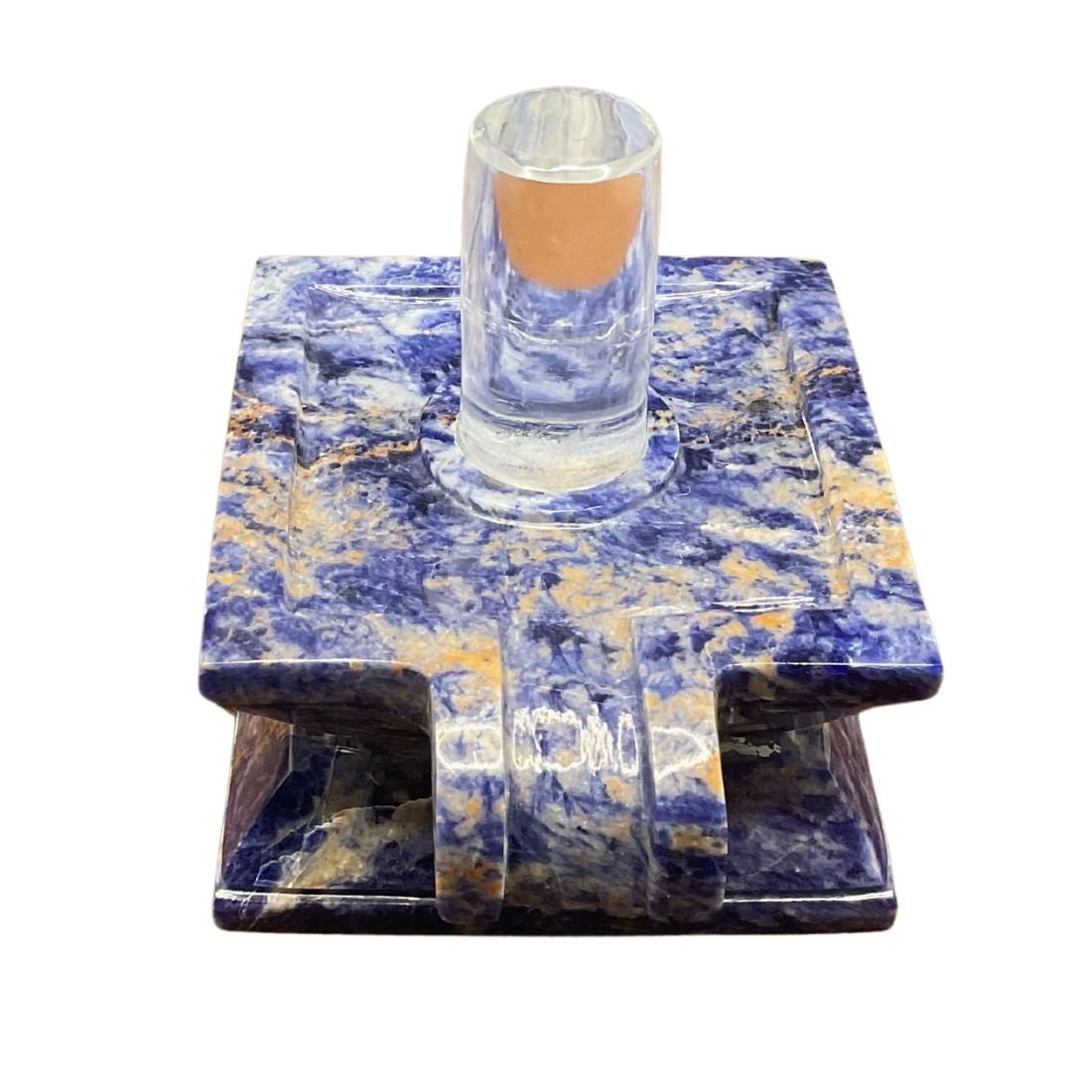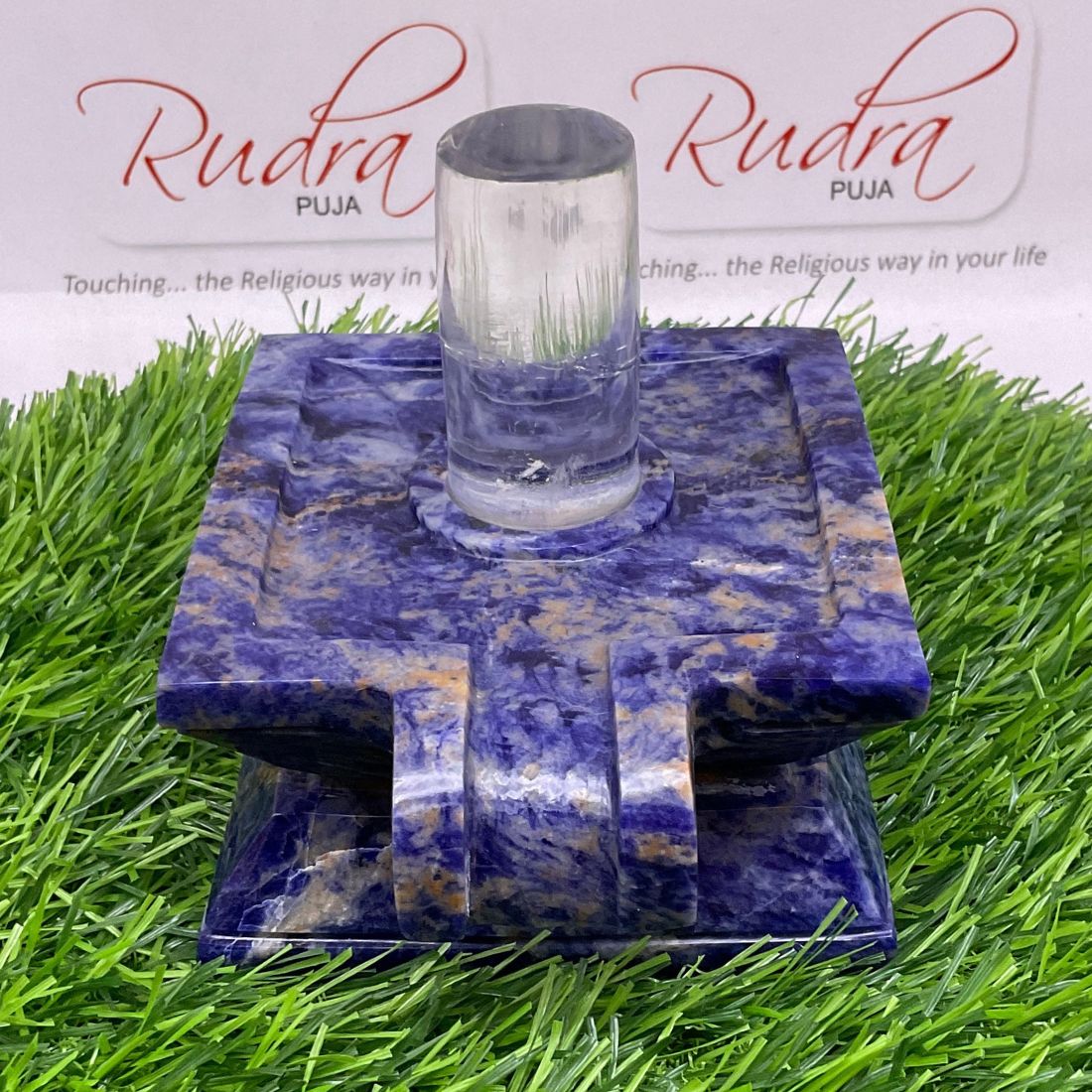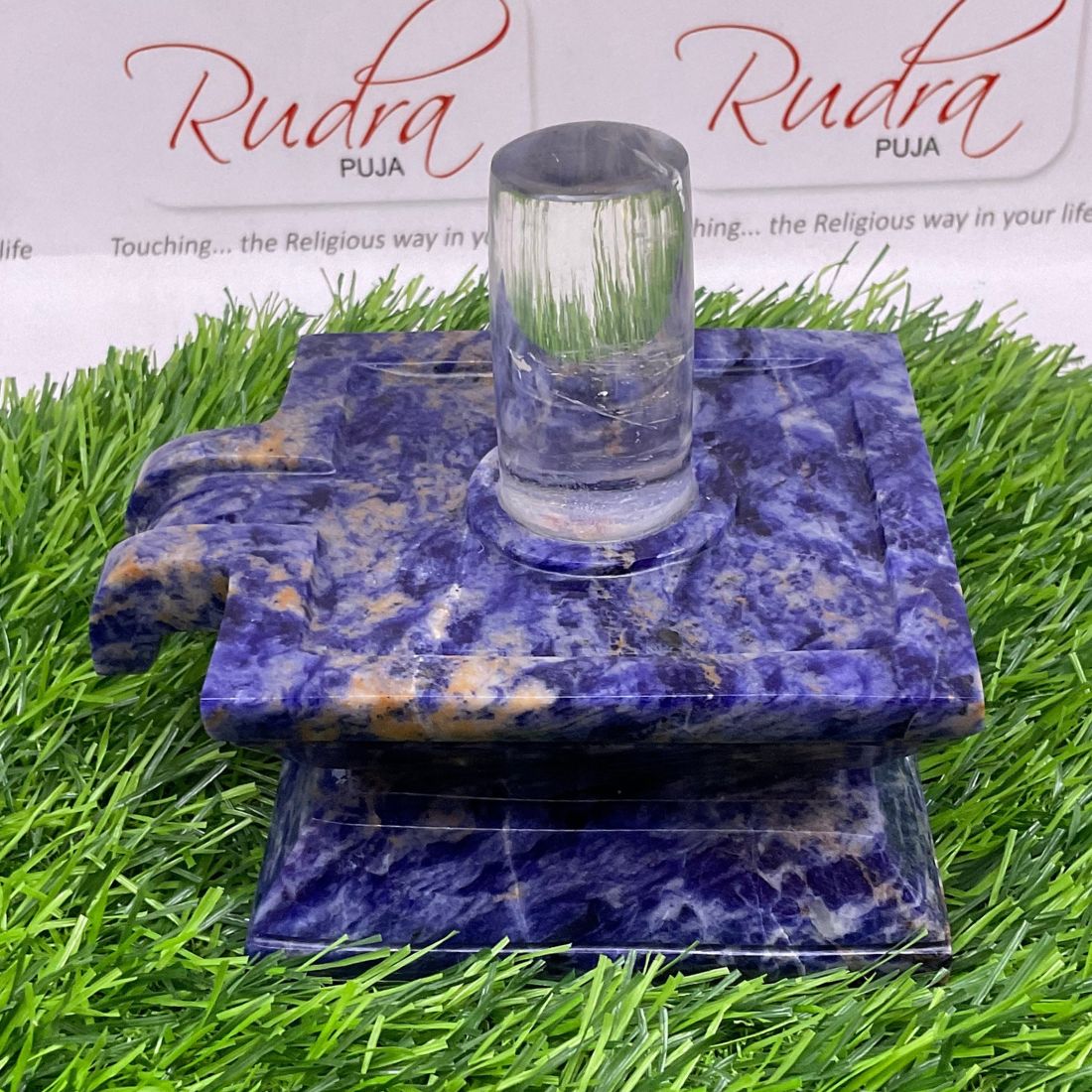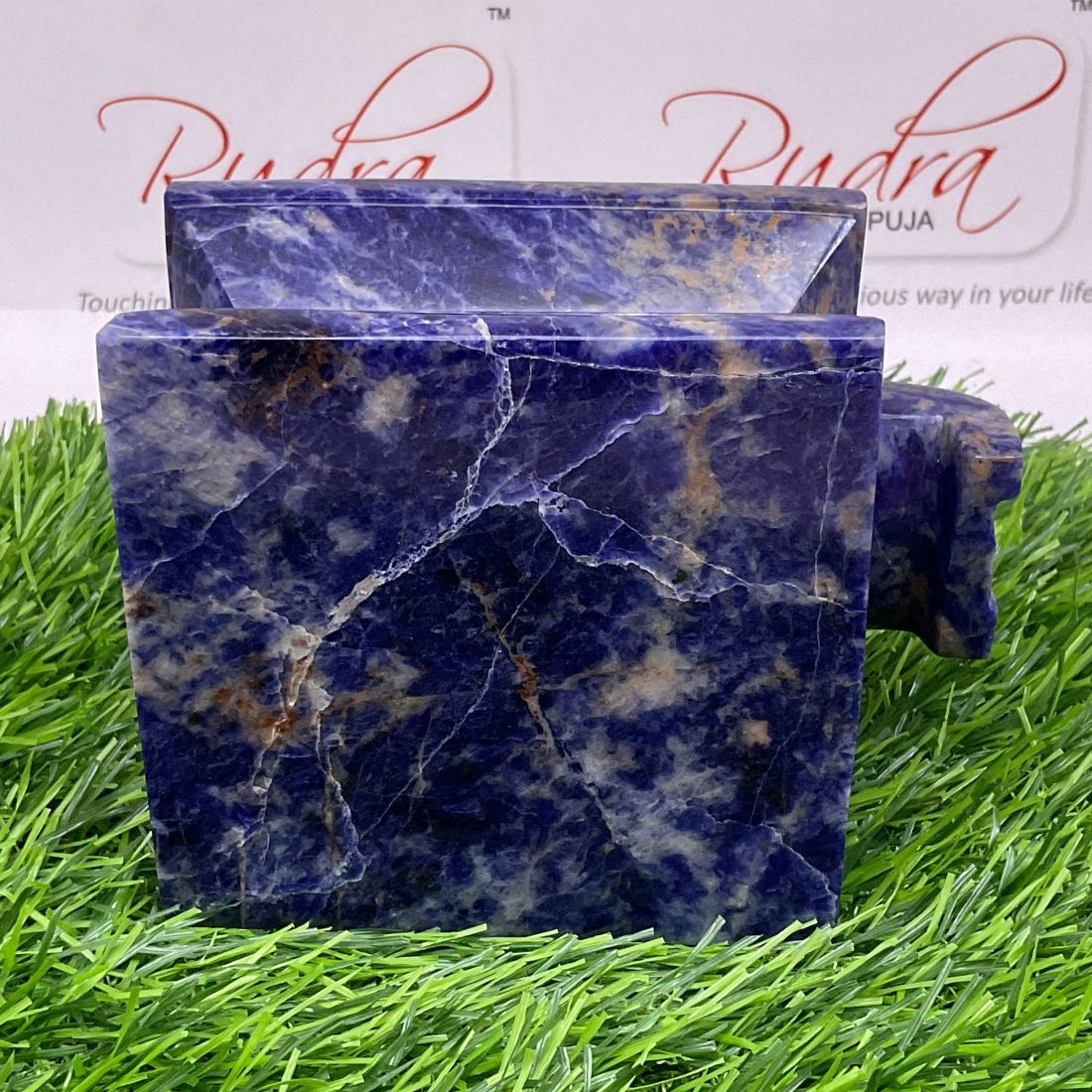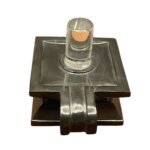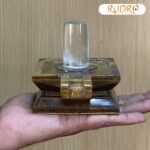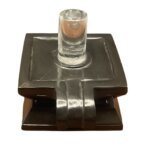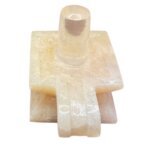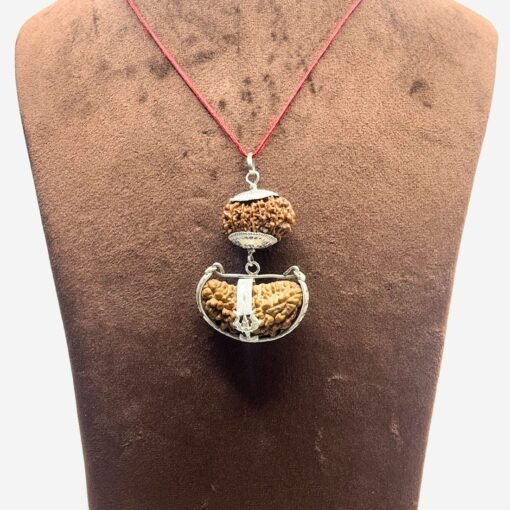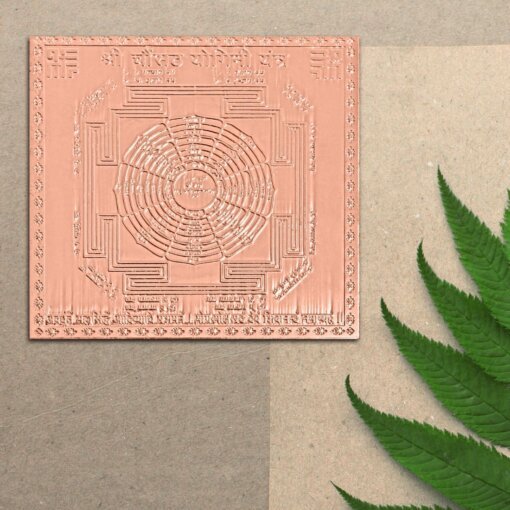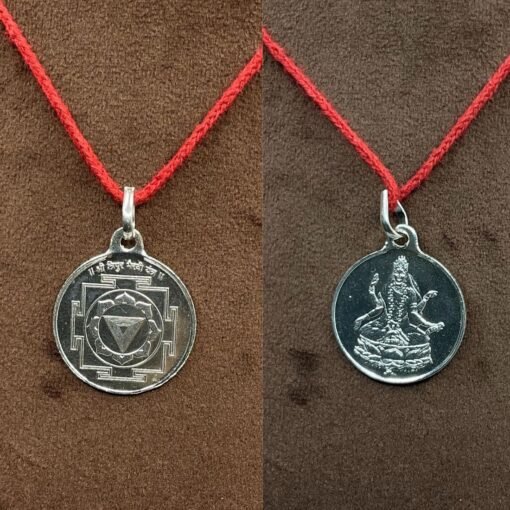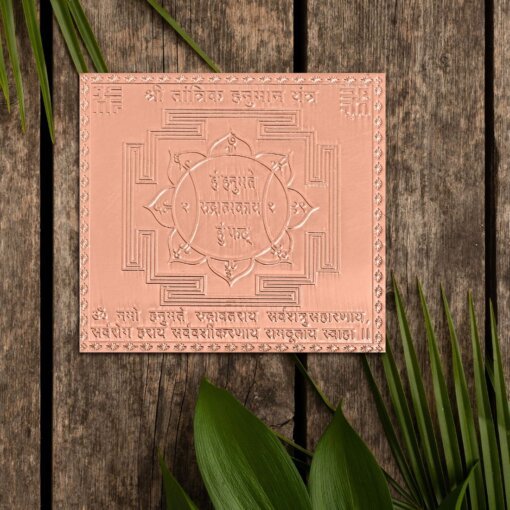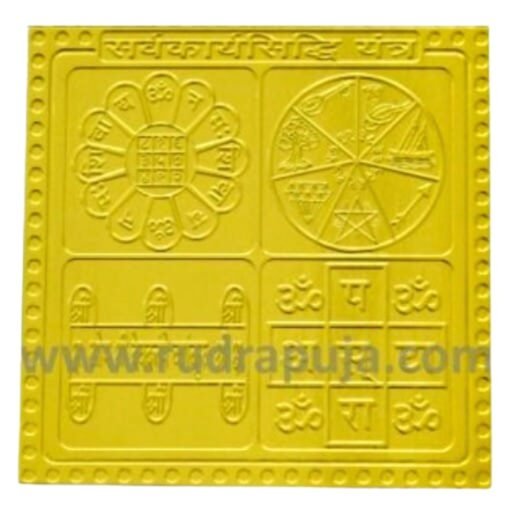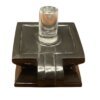Currency
Original price was: ₹39,325.₹25,776Current price is: ₹25,776.

Get 3% Discount on Prepaid Orders
1 in stock
What Our Customers Are Saying
Sphatik Lingam With Sodolite Square Base
A Sphatik Lingam with Sodalite Square Base is a unique and powerful combination of materials, each with its own symbolic and energetic significance. Here’s an overview of both components and their spiritual meaning:
1. Sphatik Lingam
- Sphatik (or Quartz) is a crystal that is highly revered in Hinduism and other spiritual practices. It is often used to represent purity, clarity, and healing. In particular, Sphatik Lingam is an auspicious symbol of Lord Shiva, the deity associated with destruction and regeneration.
- The Lingam is a geometric representation of Shiva, symbolizing the infinite, formless, and eternal nature of the divine. The Sphatik Lingam is believed to amplify the energy of Lord Shiva and bring peace, prosperity, and spiritual growth to the devotee.
- Sphatik is also known for its ability to purify the surroundings, calm the mind, and enhance meditation. When used in worship, it is said to help the devotee connect more deeply with spiritual energies.
2. Sodalite Square Base
- Sodalite is a deep blue mineral known for its calming properties. It promotes inner peace, enhances communication, and stimulates the intellect. In metaphysical practices, Sodalite is often used to balance the throat chakra and is believed to improve mental clarity and encourage self-expression.
- The square base provides stability and balance to the Lingam, as the square is often associated with the earth element and is considered grounding. The square represents the material world and provides a foundation for spiritual practice.
Symbolism and Benefits of this Combination:
- The Sphatik Lingam is placed on the Sodalite base to create a harmonious balance of spiritual energy and mental clarity. While the Sphatik Lingam focuses on spiritual growth, energy amplification, and divine connection, the Sodalite base adds an element of grounding, mental focus, and tranquility.
- This combination can be especially beneficial for those seeking to enhance their meditation practices, connect with Lord Shiva’s energies, or purify their environment. The Sodalite base also helps in creating a clear, calm space for spiritual work.
Uses:
- Spiritual Worship: The Sphatik Lingam with Sodalite base is commonly used in puja (worship) rituals dedicated to Lord Shiva, where the energy of the Lingam is invoked for blessings of health, wealth, and liberation.
- Meditation: The energy of Sphatik can amplify meditation, and the calming effect of Sodalite can help you stay centered and focused.
- Healing: The combination of these stones can be placed in your home or workspace to promote healing, peace, and protection.
Care:
- Since Sphatik (Quartz) is a natural stone, it is important to cleanse it regularly, especially after use in meditation or spiritual rituals. This can be done by rinsing it with water or using cleansing methods like placing it under moonlight or using sage smudging.
- The Sodalite base also benefits from occasional cleaning, especially if it is used in ritual contexts.
In conclusion, a Sphatik Lingam with Sodalite Square Base is a beautiful and powerful object that combines the purifying, amplifying energy of the Sphatik crystal with the grounding and clarifying properties of Sodalite. Together, they offer a balanced and potent tool for spiritual growth, healing, and meditation.
How to Do Pooja
| Weight | 2 kg |
|---|
Q & A
FAQS
Yes — Rudrapuja guarantees authenticity and offers XRAY-certified Rudraksha beads, ensuring that each product is genuine and lab-validated.
Absolutely! We provide fast international shipping, with delivery typically within 5–12 business days after dispatch.
Yes — We offer Cash on Delivery across India, along with free shipping options.
You have 10 days from the date of delivery to return an item, provided it’s unused and in its original condition.
We strictly deal only in genuine products, and each Rudraksha is lab-certified to maintain the highest standards.
Visit our dedicated FAQ page for detailed answers on selecting Rudraksha beads, their benefits, meditation usage, and more.
You can reach us via WhatsApp, phone, or email. Details are available on our "Contact Us" page and site header.
At Rudrapuja, we promise 100% genuine products with an authenticity certificate. We source every Rudraksha bead to ensure freshness and purity. Our Vedic Yantras are crafted strictly as per the Puranas. We focus on understanding customer needs, solving their challenges, and offering authentic quality at the best price.


